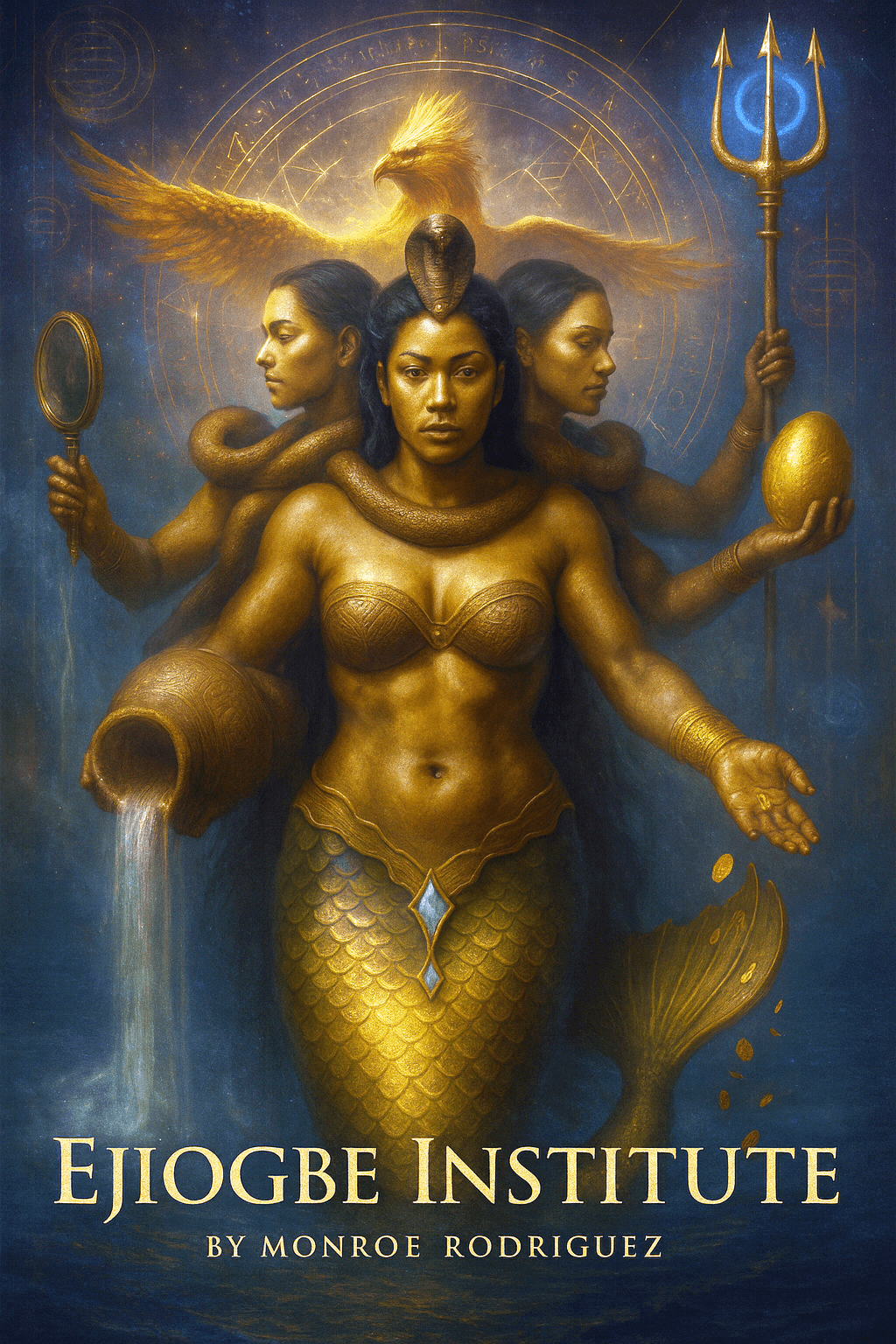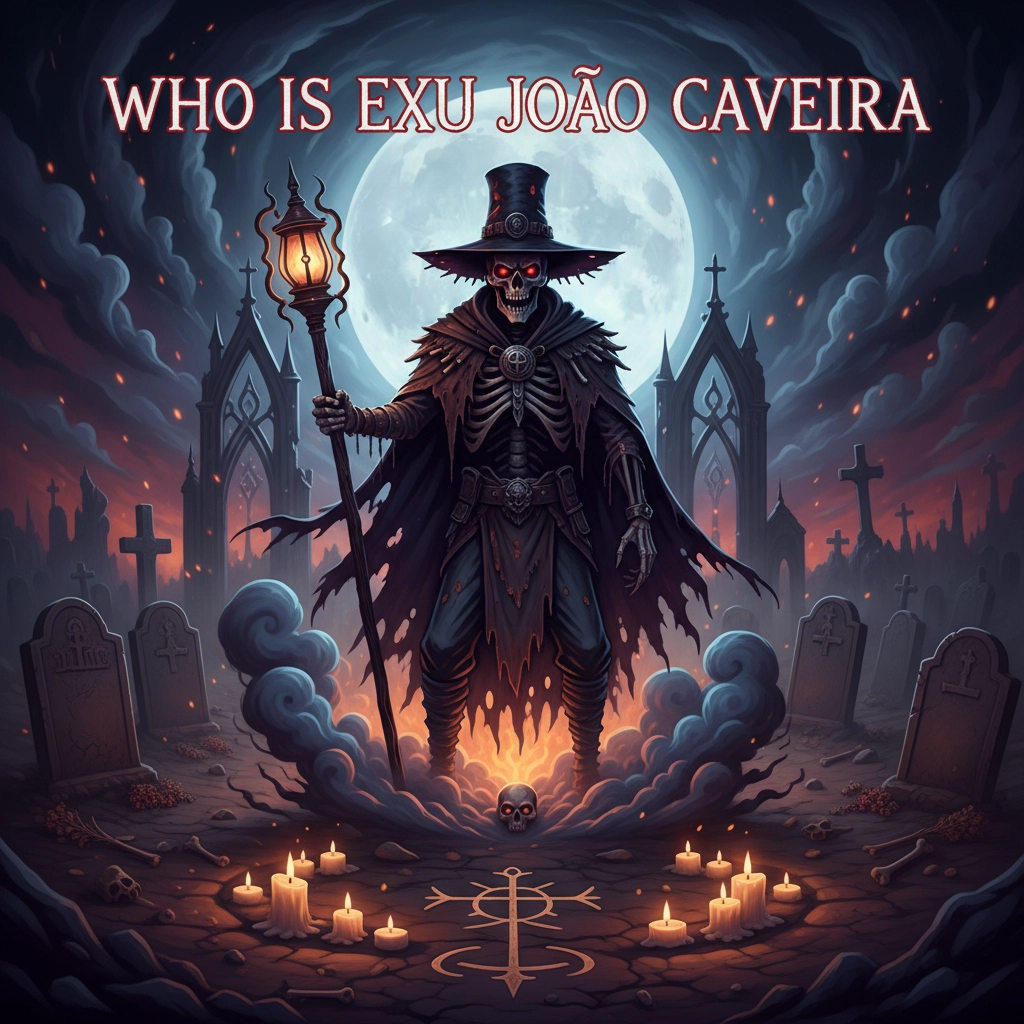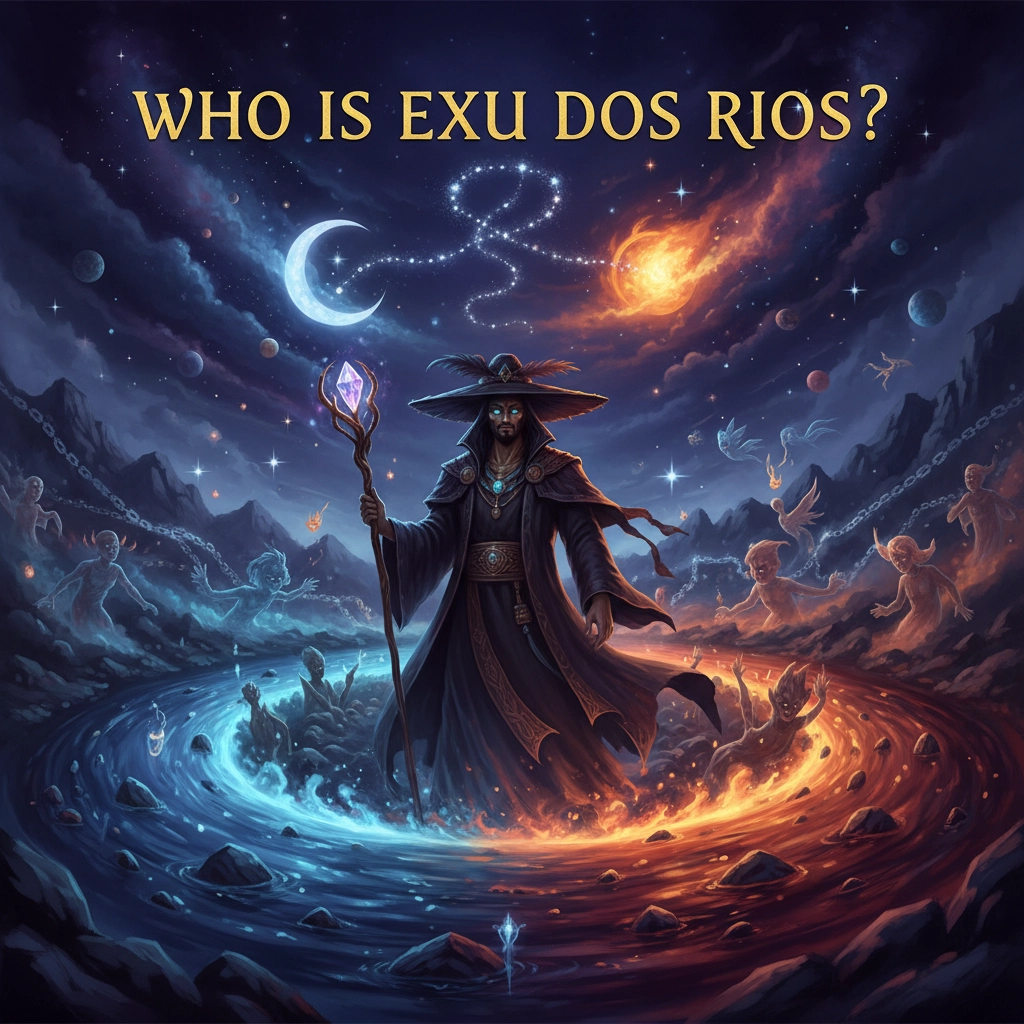The Guardian Between Worlds: More Than Just a Name
When most people hear "João Caveira," they might think of just another mysterious figure from Afro-Brazilian spiritual traditions. But what if I told you that this entity represents one of the most profound roles in the spiritual realm: a guardian who literally guides souls between life and death?
Exu João Caveira isn't just a name whispered in ceremonies. He's a powerful spiritual entity within Umbanda and Quimbanda traditions who serves as the ultimate intermediary between our physical world and the realm of the deceased. Think of him as the spiritual equivalent of a seasoned border patrol officer, but instead of checking passports, he's ensuring souls find their proper destination after death.
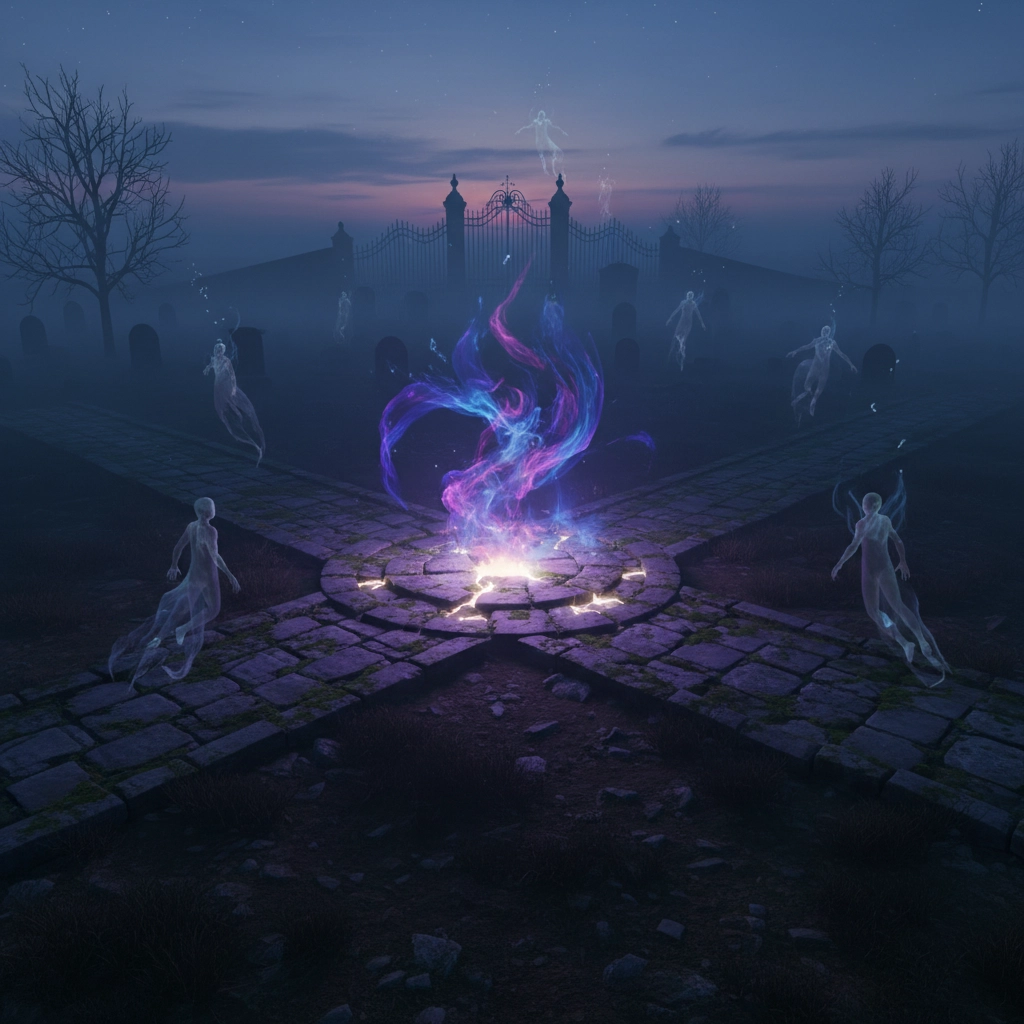
Breaking the Misconceptions: Who Really Is João Caveira?
Many people mistakenly lump all cemetery-associated entities together, but João Caveira stands distinctly apart. He belongs to a specific spiritual hierarchy as a sub-falange of the exus: a specialized division within the larger spiritual framework of Afro-Brazilian religions.
Unlike the Hollywood portrayal of death-related spirits as frightening or malevolent, João Caveira operates with profound purpose and dignity. He's part of the "Povo da Rua" (People of the Street), entities connected to the "Left Line" of Quimbanda, but his work transcends simple categorization. This isn't about dark magic or scary rituals: it's about spiritual service at its most essential level.
The Sacred Responsibility: Guardian of the Crossroads
Picture this: souls who have passed from physical life but haven't yet found their way to the spiritual plane. They wander, confused and lost, particularly in places like cemeteries where the veil between worlds is thinnest. This is where João Caveira steps in.
His primary responsibility involves directing these wandering souls to "collection and triage areas": essentially spiritual processing centers where deceased souls receive proper guidance for their next phase of existence. He doesn't just abandon them; he actively conducts them to the spiritual plane, serving as what practitioners describe as a "police officer of the world of the dead."
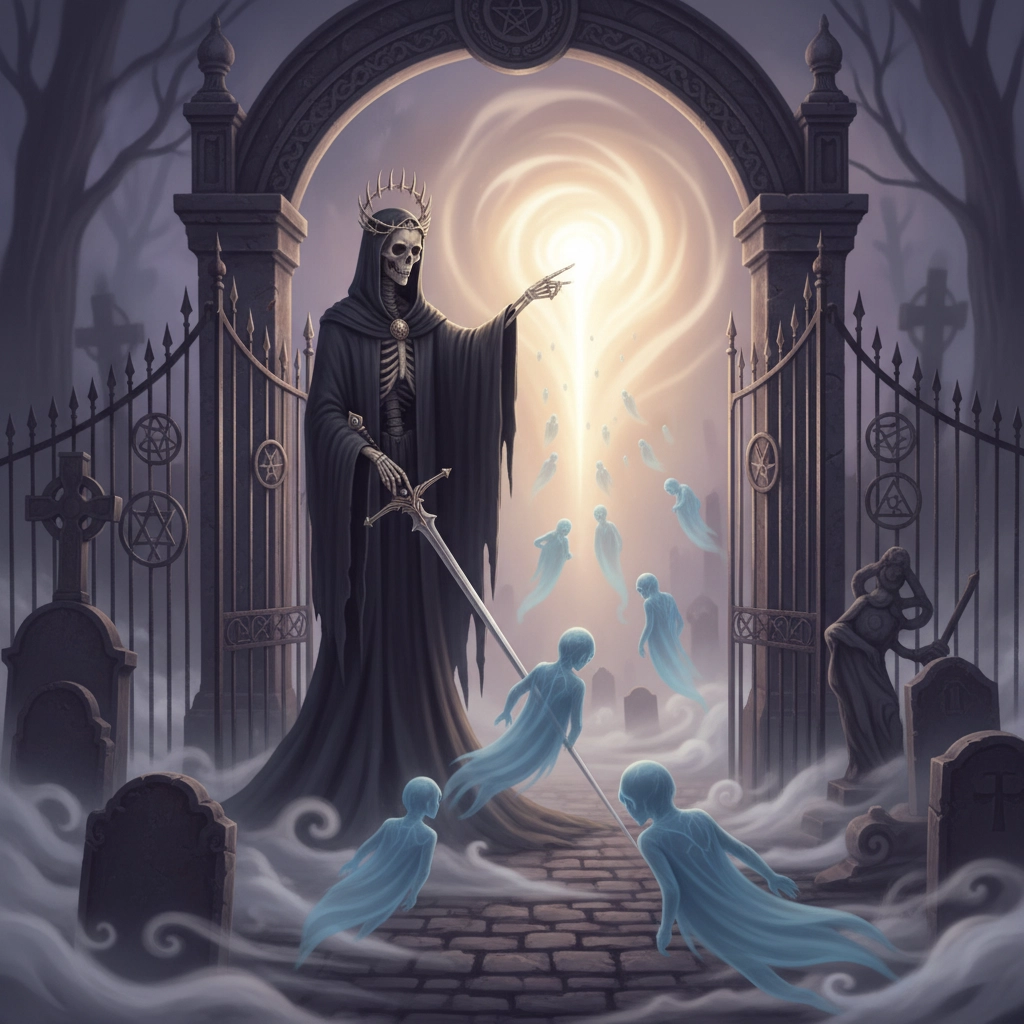
But João Caveira's influence extends beyond cemeteries. He's intimately connected with crossroads: those powerful intersections where different paths meet. These aren't just physical crossroads; they represent spiritual portals where the boundaries between our world and the spirit realm become permeable. At these sacred intersections, João Caveira opens and maintains these portals, facilitating communication and passage between dimensions.
The Visual Language: How João Caveira Appears
When João Caveira manifests or is represented in spiritual work, his appearance carries deep symbolic meaning. Practitioners describe him as a tall figure with a distinctly skeletal appearance, draped in black clothing that speaks to his connection with death and transformation. But this isn't the cartoon skeleton of popular culture: this is dignity clothed in the symbols of mortality.
He often carries weapons like swords, sickles, tridents, or shields. These aren't tools of violence but instruments of spiritual authority and protection. The sword cuts through illusion, the sickle harvests souls ready for transition, the trident commands respect across realms, and the shield protects both the living and the dead during vulnerable spiritual passages.
In another powerful representation, João Caveira appears as a man carrying a human skull: the ultimate symbol of our shared mortality and the wisdom that comes from accepting life's impermanence.
The Spiritual Hierarchy: Understanding His Place
João Caveira doesn't work alone. He belongs to the larger falange of Exu Caveira, which operates under the governance of Omolu, the orixá associated with disease, healing, and death. This connection isn't coincidental: Omolu represents the transformative power of death and rebirth, making him the perfect spiritual overseer for entities like João Caveira who facilitate soul transitions.
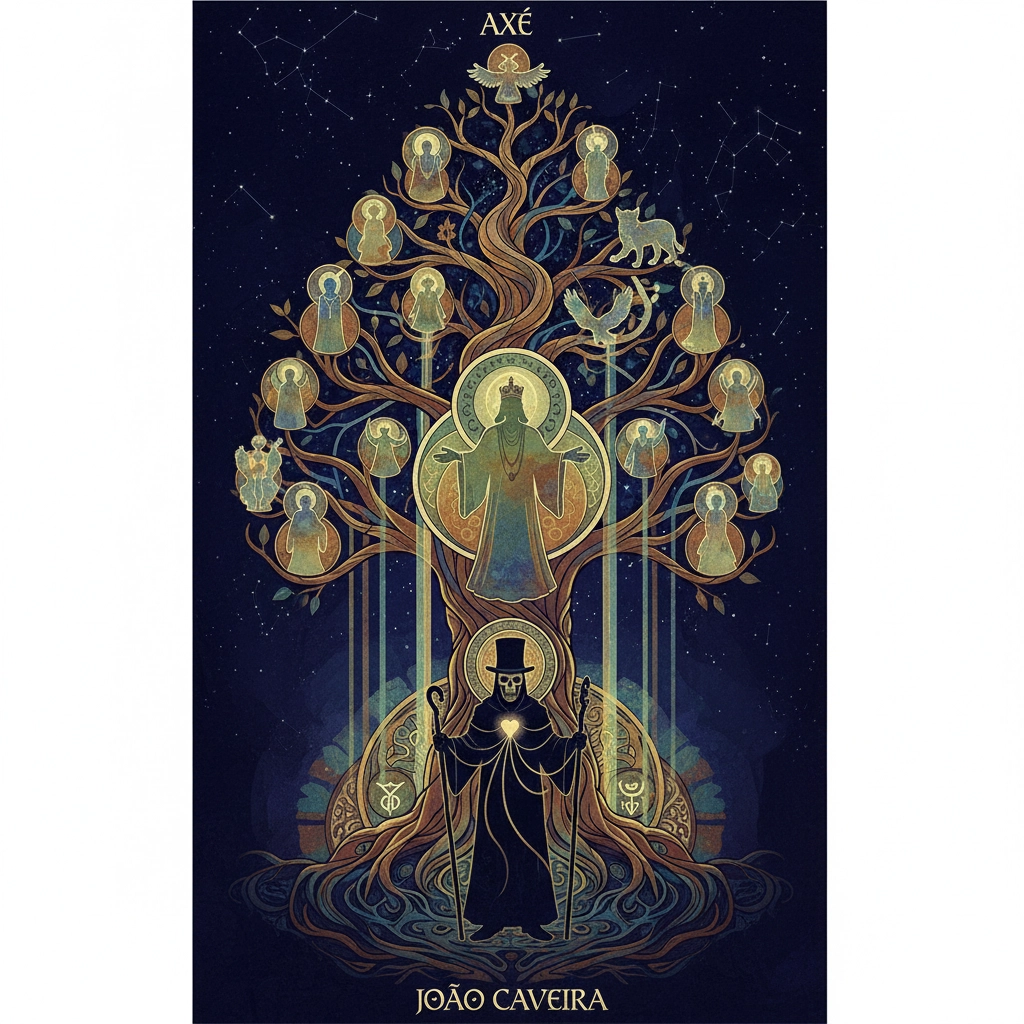
This hierarchical structure demonstrates the sophisticated spiritual organization within Afro-Brazilian traditions. It's not chaos or random spiritual encounters: it's a carefully organized system where different entities have specific roles, responsibilities, and areas of expertise.
The Character: A Spirit of Few Words
Those who work with João Caveira consistently describe him as a serious entity who doesn't waste words. He gets straight to the point, embodying the gravity of his spiritual responsibilities. This isn't rudeness: it's the focused intensity of someone who understands that spiritual work, particularly involving soul transitions, requires precision and clarity.
When João Caveira communicates, every word carries weight. He doesn't engage in small talk or unnecessary pleasantries. His communication style reflects the urgency and importance of his work: helping lost souls find their way requires focused attention, not casual conversation.
The Sacred Greetings: Honoring João Caveira
The way practitioners greet spiritual entities reflects deep cultural knowledge and respect. For João Caveira, the primary salutation is "Laroyê, Exu!": a traditional greeting that acknowledges his position within the exu hierarchy and opens communication channels.
However, due to his connection with Omolu (also known as Obaluaê), some practitioners use "Atotô, Exu Caveira!" This alternative greeting recognizes his association with the orixá of death and healing, demonstrating the interconnected nature of spiritual relationships within these traditions.

Beyond Fear: The True Purpose
Western culture often approaches death-related spiritual entities with fear or sensationalism. But understanding João Caveira properly reveals something beautiful: a dedicated spiritual being whose entire existence focuses on helping souls navigate one of life's most challenging transitions.
He doesn't cause death or harm the living. Instead, he serves those who have already passed, ensuring they don't remain trapped in confusion or fear after leaving physical form. His work represents compassion in its most practical application: showing up for souls when they're most vulnerable and lost.
The Living Tradition: João Caveira Today
In contemporary Umbanda and Quimbanda practice, João Caveira continues his ancient work through modern practitioners who serve as his mediums and intermediaries. These spiritual workers don't just invoke his name: they channel his energy and purpose, helping both the living and the dead find resolution and peace.
This isn't a relic of the past gathering dust in forgotten traditions. João Caveira's work remains as relevant today as ever, perhaps more so in our disconnected modern world where many people lack spiritual frameworks for understanding death and what comes after.
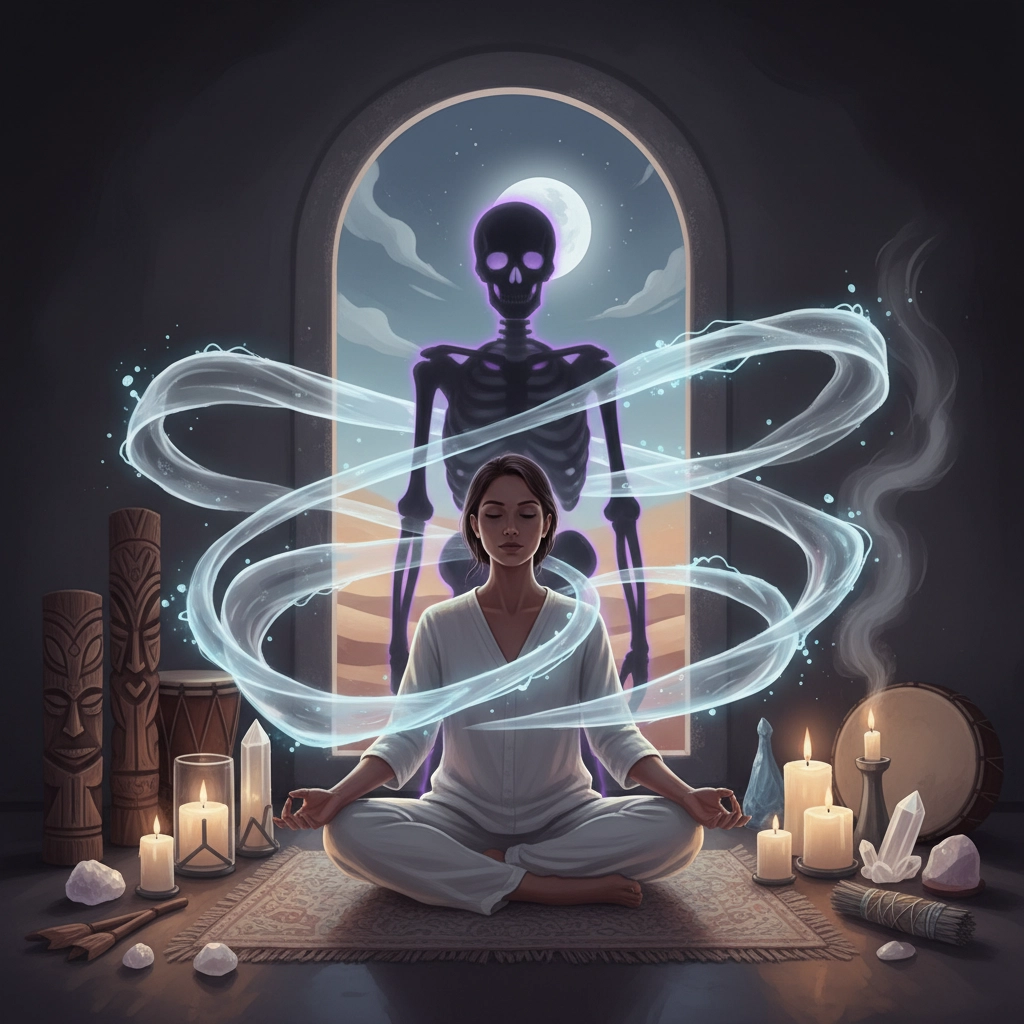
The Invitation to Understanding
João Caveira challenges us to reconsider our relationship with mortality and spiritual service. He represents the possibility that death isn't an ending but a transition requiring guidance, compassion, and expertise. His example invites us to think about how we might serve others during their most vulnerable moments.
Whether you practice Umbanda, Quimbanda, or simply seek to understand diverse spiritual traditions, João Caveira offers profound lessons about duty, service, and the interconnected nature of life and death. He reminds us that even in the realm of spirits, someone shows up to help when help is most needed.
The whispers about João Caveira aren't fading into obscurity: they're finding new life as people hunger for authentic spiritual understanding that honors both mystery and practical service. In a world often disconnected from the sacred rhythms of life and death, his example calls us back to recognition of our shared spiritual journey and our responsibility to help one another along the way.
